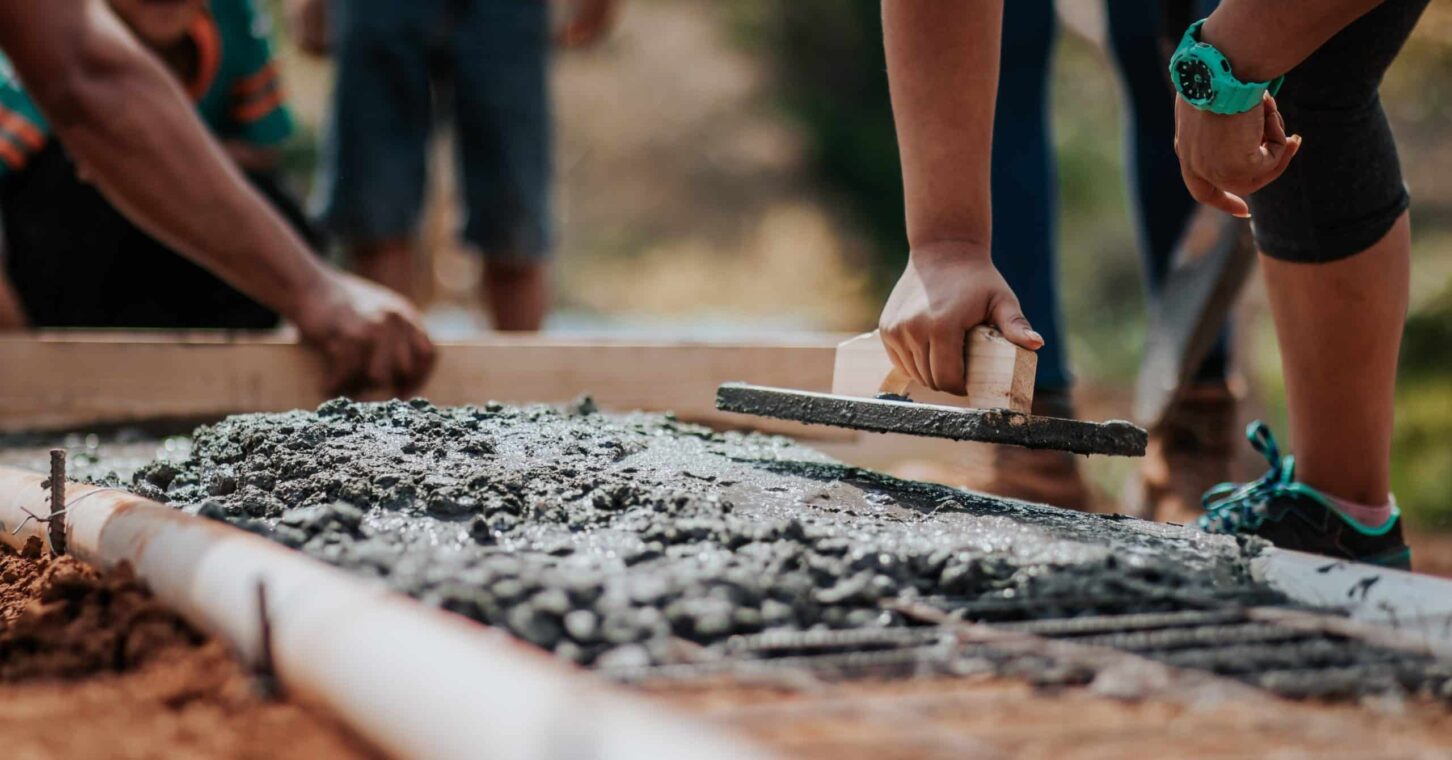
Take a moment to look around at the room you’re in. Whether you’re at your office, in your living room or at a coffee shop, almost every aspect of the built environment around you has been specifically created to meet strict regulatory standards. You may not even notice the many ways these regulations shape the seen and unseen in every building you’re familiar with. Regulations shape how many bathrooms are in your office and where they are. They govern what roofing materials a business owner can choose, and how to apply them. They mandate the height of your kitchen ceiling, and the fire rating of the carpet under your feet.
Commonly, state and local jurisdictions adopt a standardized building code, like the International Residential Code (IRC) that is used as a baseline for safety, auspiciously making sure that the buildings where we live and work don’t fall down around us, burst into flame or make us sick. In addition to baseline codes like the IRC, states, counties and municipalities can create additional regulations that pertain to their unique ecological, topographical or civic needs.
These auxiliary, optional regulations can stymie homebuyers and home builders alike. In the latest investigative journalism report from the Georgia Public Policy Foundation, Christopher Butler examines local regulations in Oconee County, and finds out that regulatory compliance is costing home builders and homebuyers tens of thousands of dollars.
Oconee is a fast-growing county with excellent schools, and is regularly at the top of lists of the best places to raise a family. Buyers are flocking to Oconee, and demand for homes is far outpacing supply. According to April 2022 data, the average sale price of a home in the county averages $611,836, about 50% higher than the statewide average.
What makes Oconee homes so expensive? Some builders cite a particular regulation in Oconee that effectively eliminates the possibility of slab-on-grade construction for many parcels in areas zoned for major subdivisions, instead mandating that these parcels be developed with a crawl space or basement foundation.
Slab-on-grade is a common foundation type, where a concrete foundation is poured on a prepared, flat (or nearly flat) plot. It’s far easier, simpler and cheaper to build than other foundation types, like crawl spaces or basements, and can dramatically reduce the time it takes to finish building. In construction, like many industries, time is money. The reduction in construction time for a slab foundation versus a crawl space can be measured in months, and homebuyers reap the benefits. For a 2,000- to 2,500-square-foot home, buyers might pay an additional $15,000 to $25,000 to construct a crawl space foundation over the same house built on a slab.
But, according to Oconee County Commission Chair John Daniell, slab construction can lead to a host of long-term problems for the building and surrounding area, including septic issues. Slab construction also requires lots to be leveled before starting foundation work, which can have environmental and ecological impact, and requires additional strategies to manage erosion.
The regulatory ecosystem around construction is a delicate one, with a balance between the necessary laws that assure a community’s health and safety, and others that contribute to a growing nationwide housing affordability crisis while providing marginal safety gains or enforcing subjective aesthetic rules. Butler’s investigative report examines this interplay between the regulatory authority’s good intentions and the home builders and homebuyers navigating the labyrinthine miasma of code compliance and permitting that prevent them from quickly and efficiently increasing the county’s inadequate supply of new homes.
You can read the full investigative report on the Georgia Policy website here.